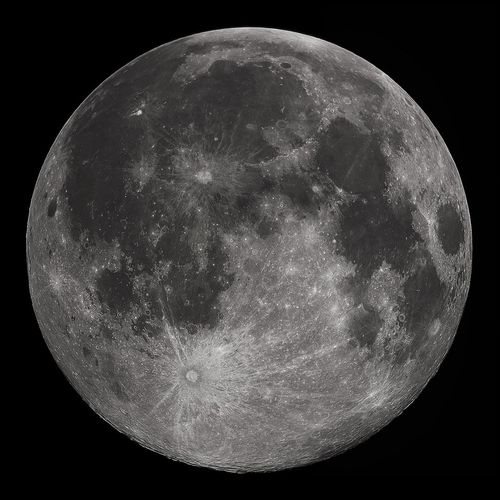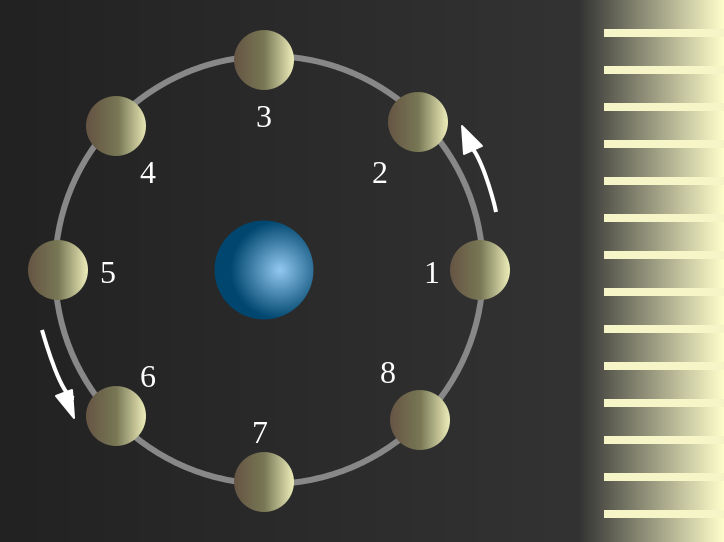
| Added | Mon, 01/08/2022 |
| Источники | Dr. Bob Curran "Werewolves: A Field Guide to Shapeshifters, Lycanthropes, and Man-Beasts", 2009
|
| Феномены | |
| Версии |
A werewolf is a mythical creature capable of temporarily changing its appearance magically, turning ("turning around, shifting") from a person into another being (animal, plant, object, or even an atmospheric phenomenon such as fog) and vice versa.
Ideas about such supernatural beings have been familiar to mankind since ancient times. Over the years, their image has been overgrown with details and details, many of which have become entrenched in the representation of modern people thanks to popularization in cinema, literature and computer games.
In this article we will focus only on one specific detail that often distinguishes werewolves from other mystical creatures – the influence of the full moon.
At the mention of werewolves, a classic picture usually pops up in the head of a modern person: a dark, quiet night, a person goes about his business, but a huge full moon appears from behind a cloud; a person casts a look full of despair at her, and at the same second his body begins to transform and grow thick fur; in the last frames, human eyes they acquire bestial features full of rage, after which a prolonged howl is heard.
Back in the XVII and XVIII centuries, the dependence of human transformations into a wolf on the phases of the moon was considered an irrefutable fact. Since ancient times, people have noticed that moonlight has an exciting effect on dogs, which was associated with the influence of the goddess Selene, who is the divine incarnation of the full Moon (the Greeks had Artemis as another incarnation of the same deity, and the Romans had Diana). It also seemed quite logical that her influence on the person affected by the curse of the werewolf, in which the animal essence should react to the light of the Moon.
The Greeks considered four basic fluids (humors) to be decisive for vital activity: blood, phlegm (mucus), yellow bile and black bile. The right balance between them allowed the body to function normally and was the key to good health. Observing how the weak gravitational pull of the Moon affects the tides of the sea, Greek doctors came to the conclusion that this planet has a similar effect on the fluid contained in the brain and can disrupt the fragile "humoral balance", allowing wild and unhealthy desires to break free. So an ordinary person under the influence of the Moon could be turned into a furious unreasonable animal – into a lunatic madman. These views eventually migrated to other European countries, and it is in them that the English words "lunacy" ("madness", "recklessness") and "lunatic" ("crazy", "mentally ill") originate.
Some people who first learned about such features of werewolves often have a childish, but quite reasonable question: if the Moon can be seen not only at night, but also during the day, can werewolves appear not only at night? Is the darkness of the night in the stories about werewolves justified only by the fact that it helps to implement frightening cinematic techniques? And can the famous cryptid Dogman be a werewolf if he often gets into the frame in the light? Let's try to figure it out.
The full moon is one of the phases of the moon. These phases themselves represent a periodic change in the appearance of the sunlit part of the Moon in the terrestrial sky. They gradually and cyclically change during the period of the synodic month (about 29.5306 average solar days), as well as the orbital position of the Moon when moving around the Earth and when the Earth moves around the Sun. The illumination of this front side can vary from 0% (with a new moon) to 100% (with a full moon). Usually there is one full moon for each calendar month, but since the phases of the Moon change a little more often than 12 times a year, sometimes there are also second full moons in a month, called the "blue moon".
It is interesting that in the phases of the Moon close to the new moon (at the beginning of the first and at the end of the last quarter), with a very narrow sickle, the unlit part forms the so–called "ashen light of the Moon" - the visible glow of a surface not illuminated by direct sunlight of a characteristic ash color.
In the new moon, the Moon is not visible, because it is (for an observer from Earth) next to the Sun, and besides, it faces us with an unlit side. In the first and last quarter, the Moon is 90 degrees away from the Sun and looks like a semicircle, since it is illuminated from the side, and it is not difficult to see it in the daytime sky (in the first quarter – after noon in the eastern part of the sky, and in the last quarter – before noon in the western side). On a full moon, the Moon is on the opposite side of the sky to the Sun, rises after sunset and therefore is not visible during the day.
Thus, if we assume that a werewolf is not able to restrain his bestial essence when the influence of the Moon is maximum (that is, on a full moon), then one can not be afraid of turning a person into a bloodthirsty monster during the day. If we follow this logic, Dogman, like any creature like him that appears during the day, is not a werewolf and should have a different nature.
Log in or register to post comments



